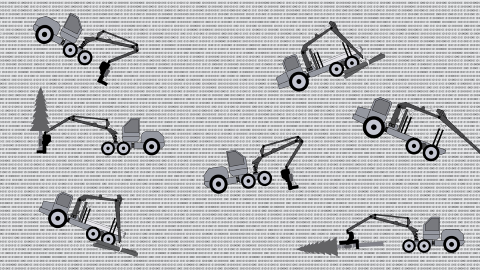Automatic work element detection: The missing piece in the development of digital instructors

The productivity of cut-to-length machine operators exhibits a significant disparity, with the most productive individuals demonstrating twice the efficiency of their less productive counterparts. This discrepancy is largely attributed to variations in work methods. While supervised training has proven effective in streamlining work methods and enhancing productivity, the availability of forest-machine instructors for supervision is limited. Intelligent coaching systems (ICS) are periodically proposed to address this constraint. ICS are computer-based aids that offer machine operators real-time feedback on their work and guide them on how to rationalize their work. The successful implementation of ICS initially requires the development of systems for automatic work-element detection (AWED). Therefore, this article explores the history, current status, and technological possibilities of AWED. Additionally, key features of ICS are briefly reviewed. Lastly, a broader, interdisciplinary discussion is initiated on how to strategically allocate limited research resources. Questions surrounding the feasible ambition level for ICS and AWED are raised, prompting considerations for the next steps in research and development.
Highlights
- Next-generation logging systems will crucially impact the future demand for automatic data gathering and work guidance.
- Artificial intelligence emerges as a gamechanger, prompting re-evaluation of traditional approaches to automatically gather data, especially for forwarders.
- Industry-wide, interdisciplinary discussions are vital for charting alternative future paths for automatic data gathering and work guidance.
We will review and publish your comment as soon as possible.




